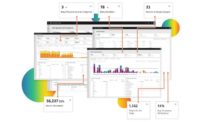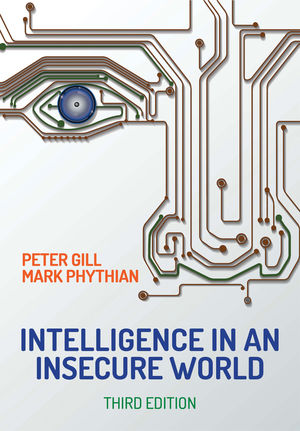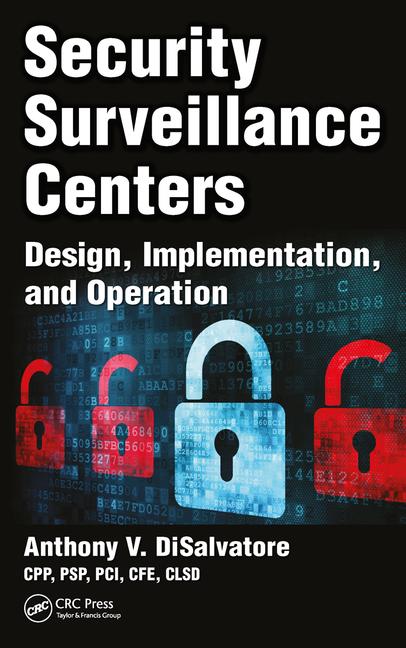PSB Exero is a monitoring platform that is compatible with all networked devices. Its powerful and user-friendly dashboard provides insight into device and network performance, and when a networked device goes down, Exero knows immediately, so it can be fixed immediately. The platform even provides foresight into future potential issues through analysis of performance trends and device relationships.
“[Exero] has quickly become an industry leading tool that collects and manages data from endpoint devices regardless of the vendor or manufacturer of those devices, making it a device-agnostic platform,” said Exero President David Fernandez. “Exero is, simply, an easy-to-implement data collection, asset management and managed services platform.”
Services include a full Network Monitoring Solution (NMS) and a data collection engine for polling data from virtually any database source. Its proprietary scripts and standards-based monitors unlock hidden information from networked devices, application servers and just about anything with an IP address, according to Fernandez. A dashboard engine helps to visualize trends and patterns regarding the behavior of a network. These visualizations contribute to the successful baselining of network behavior.
“Consider the problem faced by the director who relies heavily on technology, yet does not have an IT department,” Fernandez said. “The director has made a substantial investment in devices and systems that are increasingly more capable of supplying data. Furthermore, the director is concerned that he can’t represent that all his security devices are working and configured correctly. Perhaps he inherited the environment, or maybe years of installs, moves, additions and changes have not been accurately reflected in his asset management system. It is difficult to be accountable for technology that is not 100 percent understood.”
Fernandez explains that Exero can help security directors avoid unexpected surprises when having to respond to a threat.
“Imagine arming the director with metrics rather than resorting to the more qualitative ‘everything seems okay’ approach,” he continues. “The director should be able to have his set of KPIs at his fingertips, and should enjoy increased confidence rather than uncertainty.”
Exero has different communication and alert methods that can adapt to the director’s individual preferences. It supports the legacy approach of sending emails or text messages when a problem is uncovered, and reports can be pulled from the API and formatted in Excel for those who prefer a more tabular approach. Bite-sized visualizations can be displayed to show the present state of the systems.
“We want companies to get away from calling the integrator for a problem after it’s discovered,” Fernandez said. “The method of calling in an issue is what all industries call the break fix model. We want to transition them from that older model, as time can have devastating, expensive consequences when nothing is being done . . . Integrators and clients all agree that Exero is helping the relationship and making the bond stronger between integrator and end user by providing complete transparency and real-time information.”










